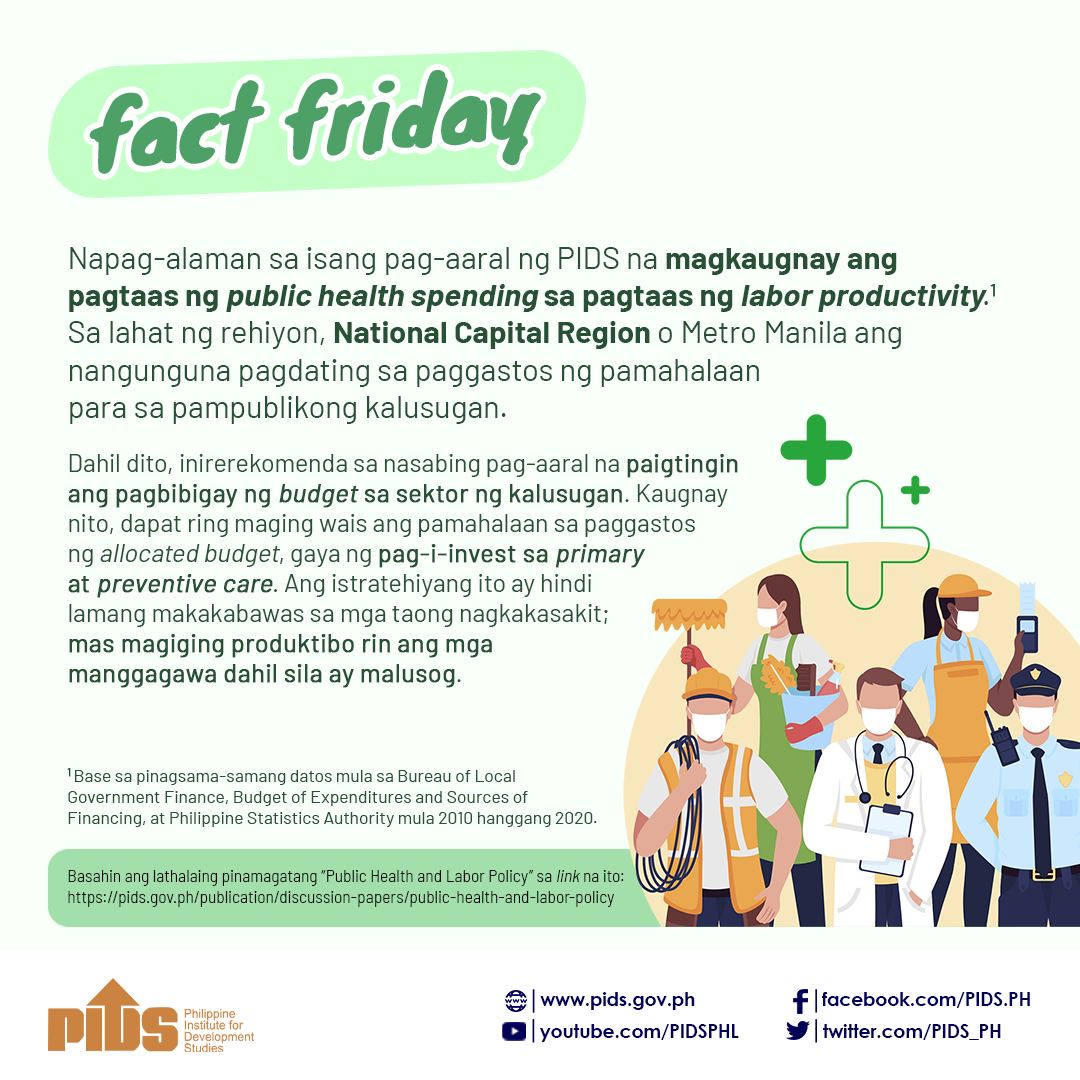The government needs to invest in productivity growth of the agriculture sector which plays an important role in reducing poverty, according to a study published by the Philippine Institute for Development Studies (PIDS).
In a Policy Note, PIDS Senior Research Fellow Roehlano Briones said it was imperative to pour money into research and development, innovation, adoption of technology, improved practices and systems, and transport infrastructure.
Briones said that boosting agricultural productivity growth was opposed to devoting resources toward artificially increasing returns to investments.
He said the average growth in agriculture was at merely 2 percent in 2011 to 2016 alone, while industry and services sectors grew at an average of 7 percent.
Briones thus underscored the role of productivity growth of agriculture sector given its key role in reducing poverty.
The PIDS paper said the sector’s share in the gross domestic product (GDP) plunged to 8.8 percent in 2016, although still employing as much as 29 percent of all workers.
Its labor productivity was lower relative to that of the other basic sectors, Briones said.
Clearly, a more inclusive set of policies is needed to secure the participation of agriculture dependent households in the economy,” he added.
Briones further says the value chain strategy aims at remedying the sparsity of forward and backward linkages between agriculture and other basic sectors.
For as long as these subsidies for private goods are avoided, and more cost-effective mechanisms pursued, e.g., cluster-based approach, establishing agricultural value chains may yet be a viable strategy for inclusive growth,” he said.
In a Policy Note, PIDS Senior Research Fellow Roehlano Briones said it was imperative to pour money into research and development, innovation, adoption of technology, improved practices and systems, and transport infrastructure.
Briones said that boosting agricultural productivity growth was opposed to devoting resources toward artificially increasing returns to investments.
He said the average growth in agriculture was at merely 2 percent in 2011 to 2016 alone, while industry and services sectors grew at an average of 7 percent.
Briones thus underscored the role of productivity growth of agriculture sector given its key role in reducing poverty.
The PIDS paper said the sector’s share in the gross domestic product (GDP) plunged to 8.8 percent in 2016, although still employing as much as 29 percent of all workers.
Its labor productivity was lower relative to that of the other basic sectors, Briones said.
Clearly, a more inclusive set of policies is needed to secure the participation of agriculture dependent households in the economy,” he added.
Briones further says the value chain strategy aims at remedying the sparsity of forward and backward linkages between agriculture and other basic sectors.
For as long as these subsidies for private goods are avoided, and more cost-effective mechanisms pursued, e.g., cluster-based approach, establishing agricultural value chains may yet be a viable strategy for inclusive growth,” he said.












